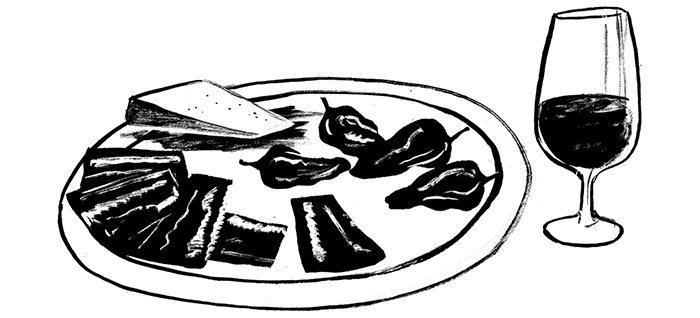En Rama – the most fashionable sherry you (probably) haven’t heard of
Author: Javier Perurena
For the uninitiated, En Rama is a type of sherry whose sweet-spot in maturity is so brief that, once opened, it must be consumed within the day. Aficionados consider it one of the purest examples of sherry. Literally translated, it means ‘branch’ in Spanish, which refers to the fact that it is still raw and alive (not yet having yet fallen off the tree).
Essentially, En Rama is a biologically aged Fino or Manzanilla (which matures under a layer of flor and is not oxidised) – it differs from conventional Fino or Manzanilla in that it is unfiltered and untreated. On one hand, this means it is unstable and won’t keep; on the other it retains all its natural characteristics as if it were just extracted from the cask – raw and full of flavour and aromas.
Traditionally, these En Rama sherries are only tasted when visiting a bodega, however in the late 1990s some producers began to release a small amount.
The downside, if any, is that due to its freshness En Rama sherry should be drunk within three to four months of bottling. Once opened, it should ideally be enjoyed within the day (however, since they only come in half bottles I don’t think this might be much of a problem).
En Rama Manzanilla and Fino are the purest, freshest and dry style of sherry. This year, renowned producer Lustau is releasing En Rama from three specific towns within the sherry region, giving the chance to calibrate your palate and appreciate the influence of differing climate on the sherry’s character.
Manzanilla comes from the sea-facing bodegas of a town called Sanlucar de Barrameda, where the river Guadalquivir meets the ocean. Here, the cool-climate breezes influence the final character of its Sherries. Manzanilla shows a saline, marine-mineral note along with a camomile touch that makes it especially suitable to drink alongside locally caught shellfish. Due to the delicacy of this sherry, I would recommend it with simply cooked prawns or langoustine – the flavour components combine perfectly.
Fino del Puerto, from El Puerto de Santa Maria, is also made in a coastal town with a slightly milder climate than in Jerez. This allows a thicker layer of flor to grow on the wine while it ages and imparts a yeasty-nutty character with a roast almond like nuance. Slightly fuller in body than Manzanilla, Fino del Puerto suits perfectly well the local pescaito frito (deep fried battered fish).
The last of the trio, Fino de Jerez, is the fullest in body with a more vinous elegance on the mouth. It gives aromas of raw almonds, walnuts and olives with a hint of bitter oranges on the palate. It is a particularly good match for the seafood rice dishes such as arroz marinero, as well as cold meats such as Iberico ham and tapas.
Due to its short shelf life, En Rama season is one where timing is everything. Lustau bottled its wine in April, before sending them directly to the UK where they will be available from next week. Don’t let the chance to try them pass unnoticed.
Lustau’s En Rama will be available in the shop to taste from 15 May (with a special tasting from 2pm). Tio Pepe En Rama 2014 is available at bbr.com now.




There is plenty of people in Jerez who seem to be bothered by this insistence on En Ramas being short-lived.
Indeed, one of the best tastings I ever did with sherries was one of different sacas of En Ramas: one of the best was a Barbadillo Manzanilla Saca de Verano 2008, a lively, richly complex wine that still had a life ahead of it.
Armando Guerra (owner of La Taberna der Guerrita in Sanlucar) even had Barbadillo bottle a few sacas in Magnums for his shop…